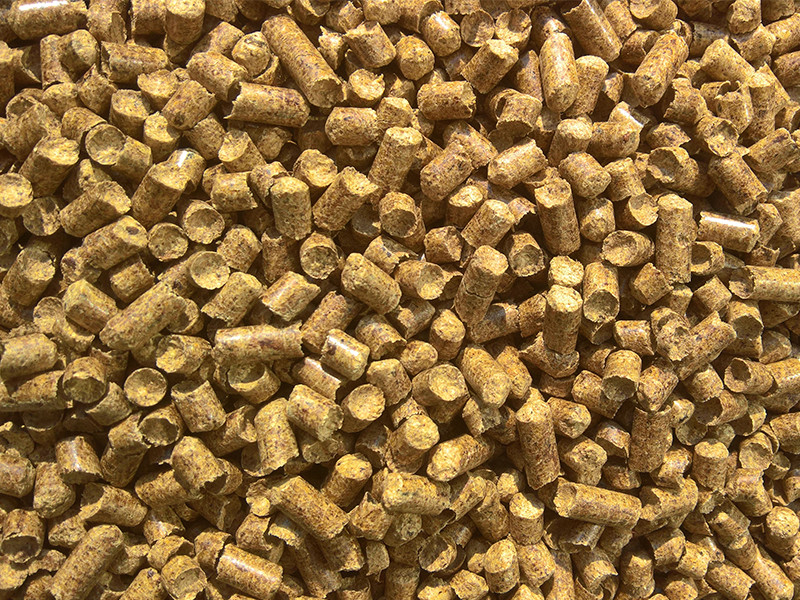
Pine Pellets: Production, Benefits
The production of fuel pellets is recognized as one of the most rational ways of application of the biomass wastes generated from wood processing industries. The technology of making wood chip pellets is relatively simple and comes down to simple compression without any additional means necessary to hold the granules in shape. This is possible because of the natural properties of timber and polymer compounds contained therein.
Maintenance of the wood pellet production equipment and the production process itself do not require large manpower resources. Meanwhile, at the outlet we have highly efficient in terms of transportation and storage and eco-friendly fuel.
Wood pellets are small cylinders 1-3 cm long and 0.6-1 cm in diameter, shaped under a pressure of about 300 atmospheres. This technology allows you to obtain full density of the material, which improves heat capacity value of this type of fuel. Another secret of the amazing heat capacity value of wood pellets is its extremely low moisture content. The maximum allowable moisture content in raw materials suitable for granulation is 12%.
A pellet may consist of pure timber or have a certain percentage of bark in its composition. It reduces the price but increases the ignition residue; therefore, the allowable bark content for the production of wood pellets for industrial purposes does not exceed 10% of the total amount of raw material processed.
The heat capacity value of wood pellets is about 5 kW/h and is purely comparable to that of coal. At the same time, this type of fuel is more eco-friendly and, moreover, is classified as a renewable energy source. Wood pellets show lower ignition residue characteristics (especially those types that do not contain bark). And because of the low moisture content in a pellet, less carbon dioxide is given off in combustion.
It is becoming yet more convenient to use this type of fuel as the pellet production equipment is becoming more advanced and automatically-controlled.
